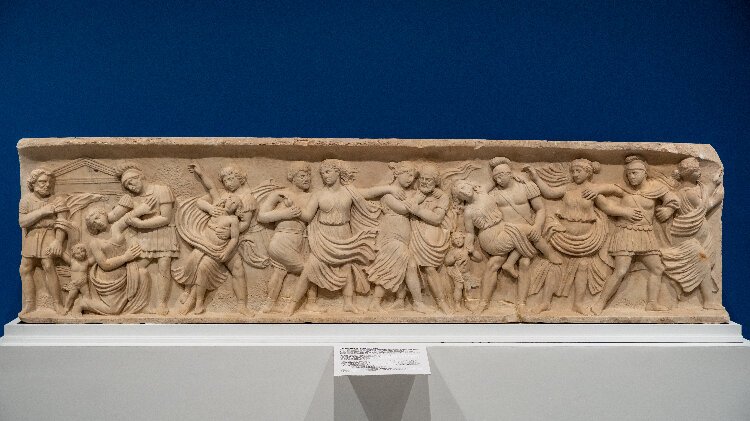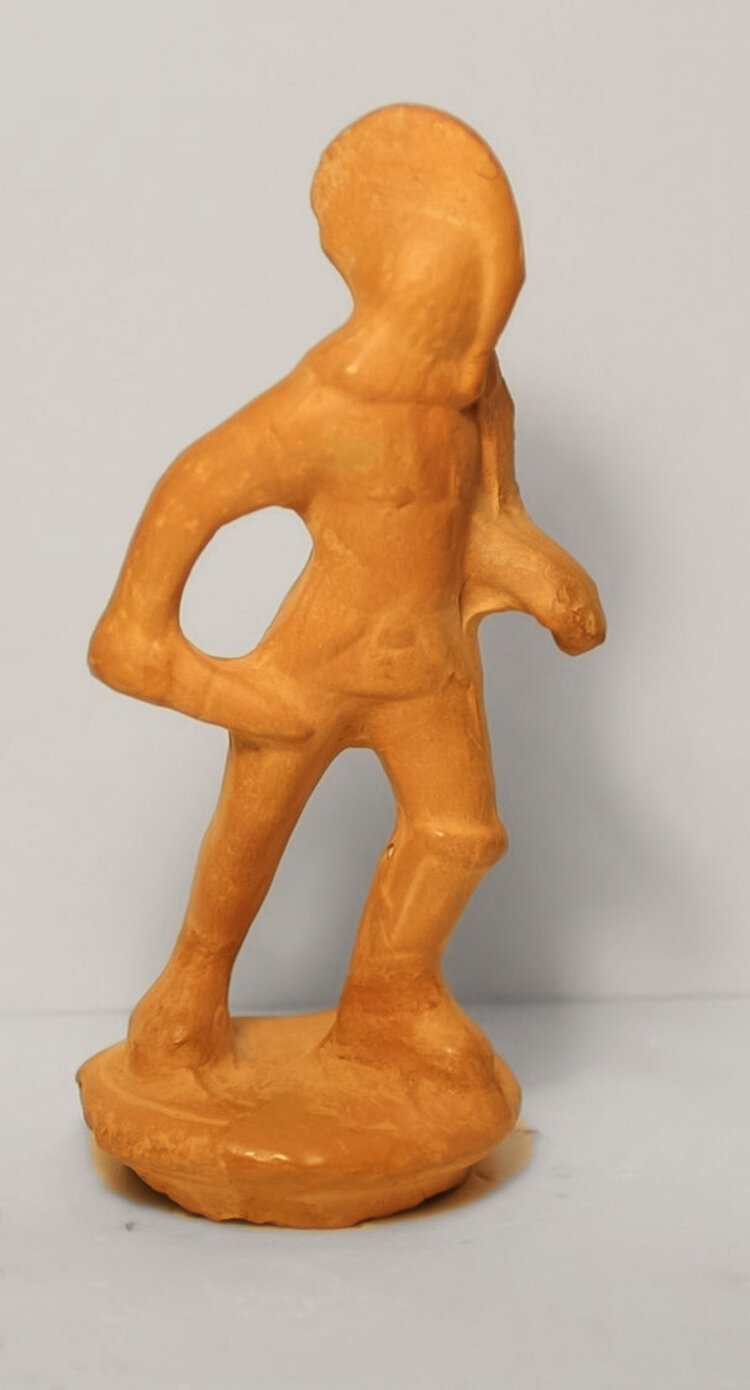Tampa Museum of Art showcases ancient artifacts in new exhibits
The exhibits "Life & Death in the Ancient World" and "Identity in the Ancient World" showcase pieces from the Tampa Museum of Art's stellar collection of antiquities.
Tampa is justly celebrated for its Super Bowl-winning Buccaneers, its Stanley Cup champion Lightning, its top-ranked Riverwalk and its glittering performing arts center – one of the largest performing arts complexes in the country. But there is another point of pride on the local landscape that has achieved excellence without the raucous accolades enjoyed by our successful sports teams.
Among experts, the Tampa Museum of Art is well-known and well-respected for its remarkable antiquities collection, which includes 575 permanent pieces and 260 on loan from private collections. The majority are utilitarian vessels from Ancient Greece and southern Italy dating from the sixth through the third century before the Christian era. A handful of objects are five to six thousand years old. The collection is a huge point of pride for museum experts and area donors.
“The Tampa Museum’s collection is the most prominent collection in the southeastern United States,” says Branko van Oppen, the Richard E. Perry Curator of Greek and Roman Art at the museum.
Right now, pieces from the museum’s stellar collection of ancient Greek and Roman artifacts are on display in newly opened gallery space in the exhibitions “Life & Death in the Ancient World” and “Identity in the Ancient World.” They are among several exhibitions of the museum’s permanent collection that will be on long-term display over the next five years.
The museum began building its treasure trove of artifacts in 1985 by obtaining the Greek antiquities of noted collector Joseph Veach Noble and his wife Mary. Over the decades, major donors have included Costas Lemonopoulos and his wife Barbara and William “Bill” Knight Zewadski.
“I would say that the antiquities collection of the Tampa Museum of Art is among the top dozen in the United States, the best in Florida and one of only four of its distinction in the Southeast,” says Zewadski. “Scholars and students come from around the world to visit it.”
Bringing international attention to Tampa is certainly a great point of pride but what does this mean for everyone who lives here?
“Art and business have a history of symbiotic growth,” says Zora Carrier, the executive director of Tampa Bay Businesses for Culture and the Arts. “The Tampa Bay economy is driven by industries the need to attract the world’s finest professionals. These people and their families have particular expectations of work-life balance and quality of life outside their office. Ivy League graduates will not likely consider relocating to a city without theater, music and visual art institutions.”
The antiquities collection is also viewed by thousands of area schoolchildren who tour the museum These precious objects on display in “Life & Death in the Ancient World” and “Identity In the Ancient World” might open their eyes to history and how people lived and saw themselves thousands of years ago.
They see pieces such as a terracotta statuette of a gladiator, a fellow who made his living by fighting. Carvings show Roman warriors abducting the women of Sabine.
Other pieces in the collection depict simple pleasures of everyday life that we still enjoy today, like grabbing a good meal and listening to some good music. There’s a ceramic plate adorned by fish- a delicious meal to be enjoyed. A terracotta statuette of a lyre player is a reminder that some background music makes dining more fun.
To quote the Ancient Greek playwright, Euripides, “He who best enjoys each passing day is truly blessed.”
“Life and Death in the Ancient World” is on view through 2026. “Identity in the Ancient World” is on display through March 2025.
For museum hours and information on events and admission, please go to Tampa Museum of Art.



















